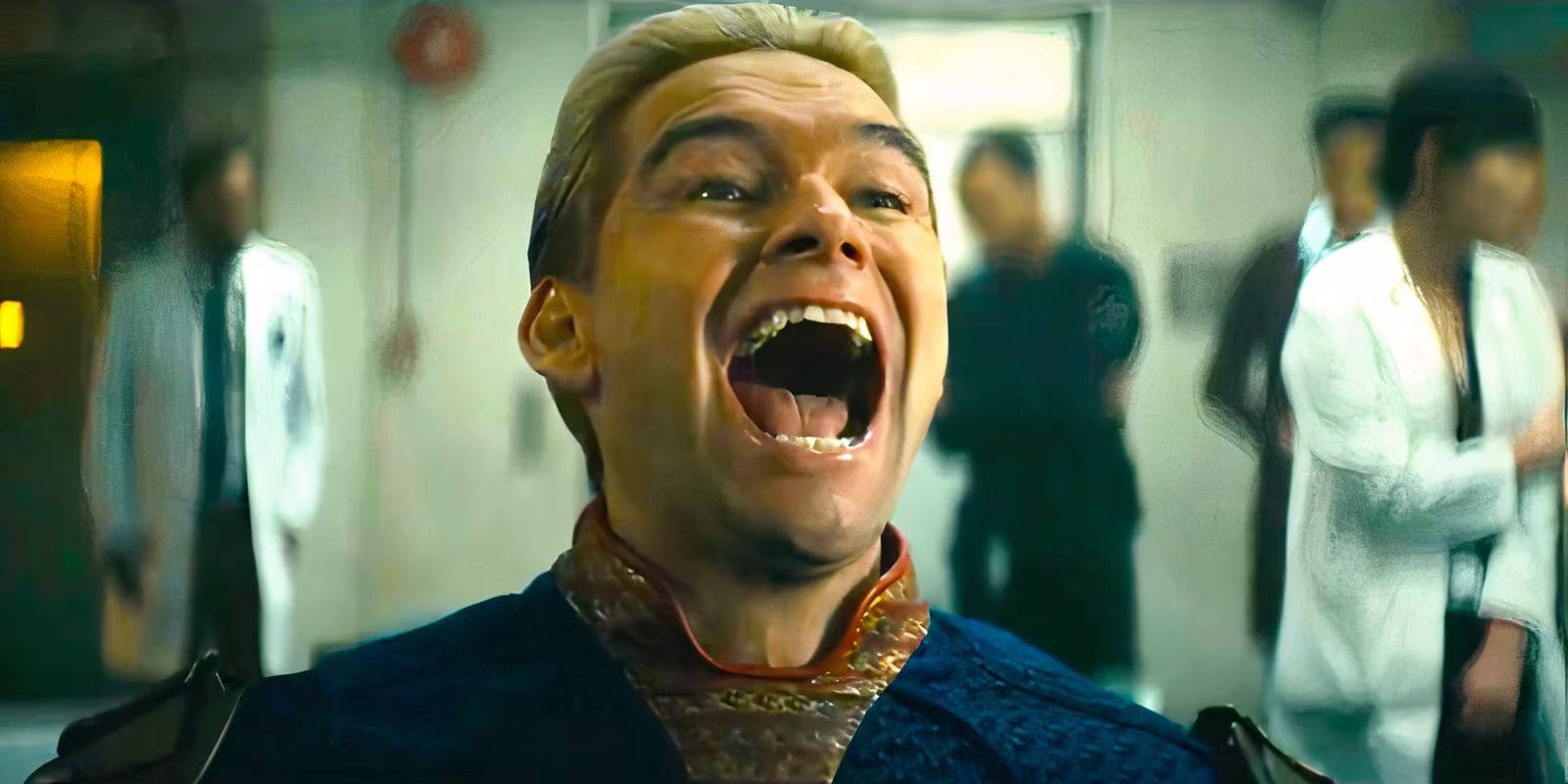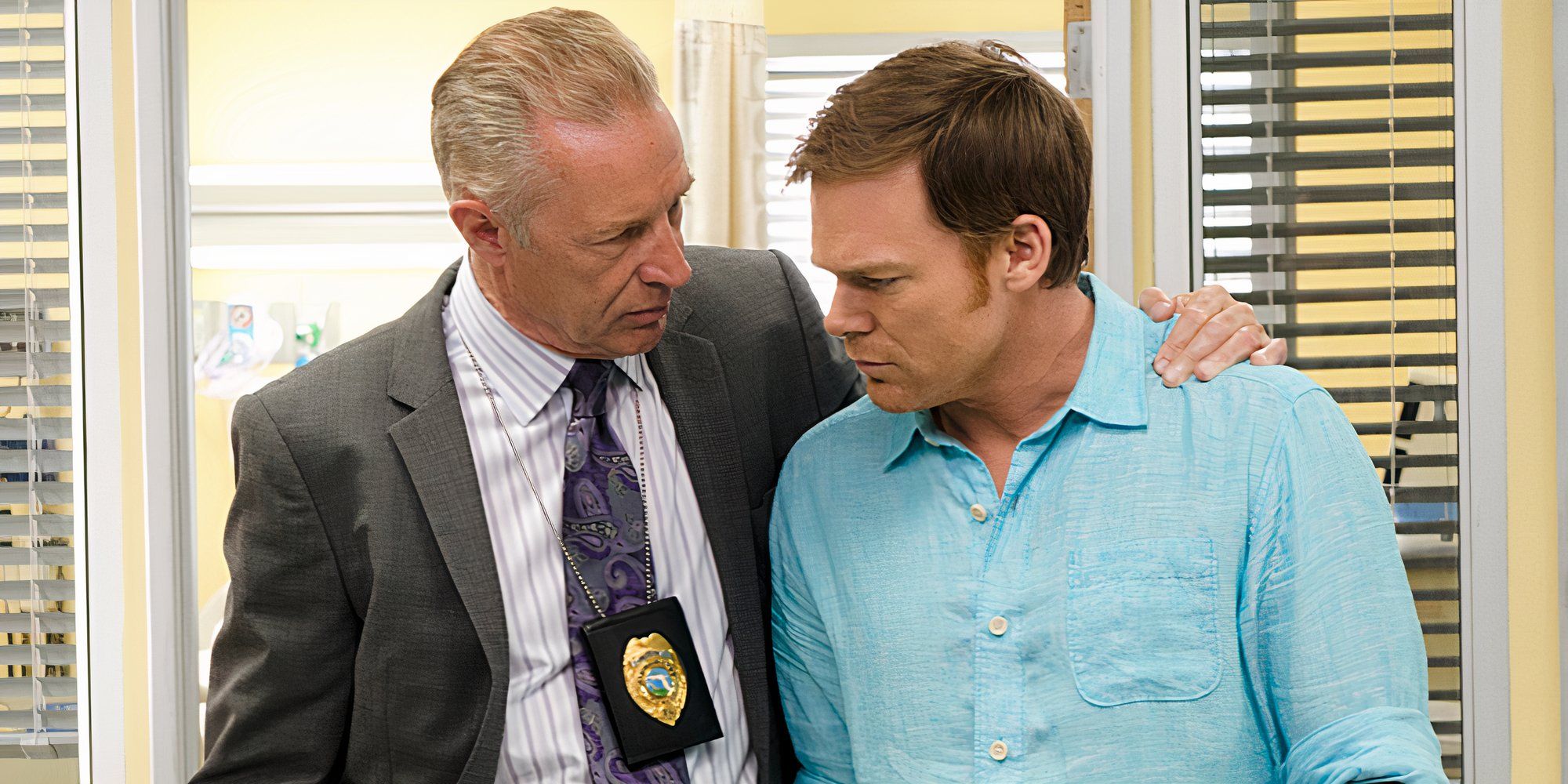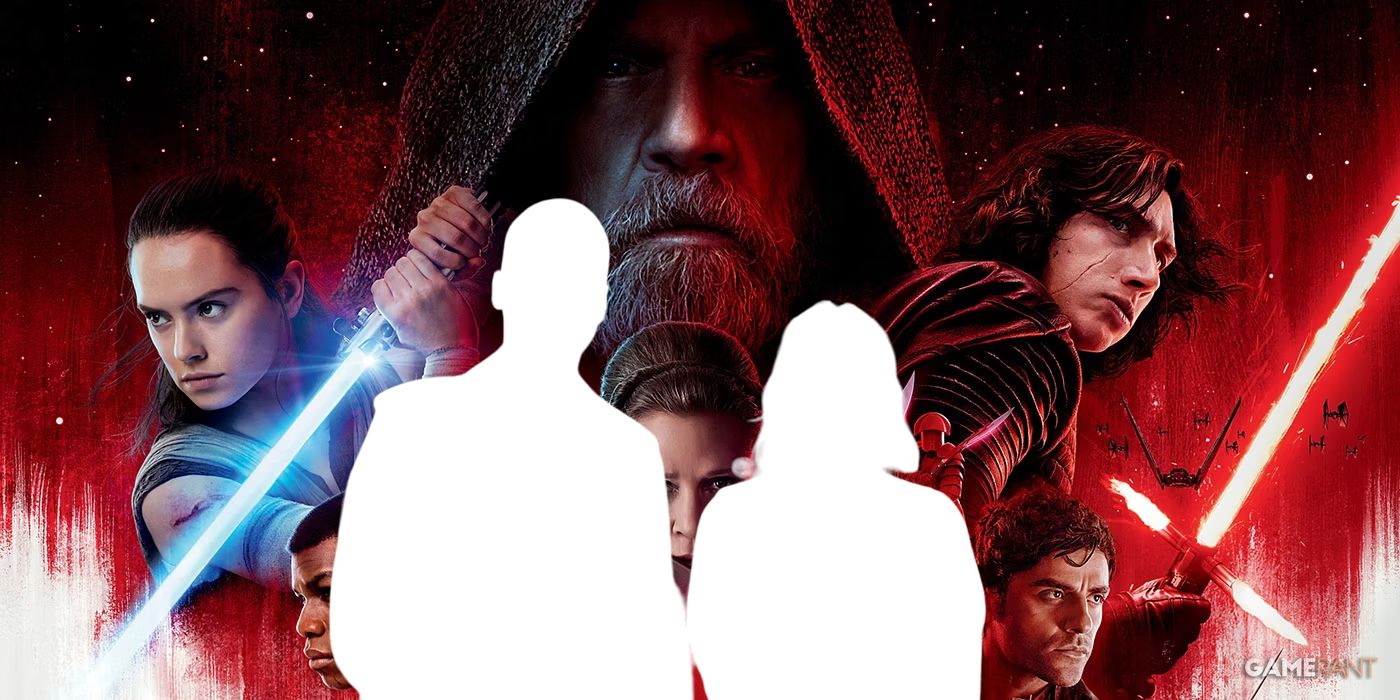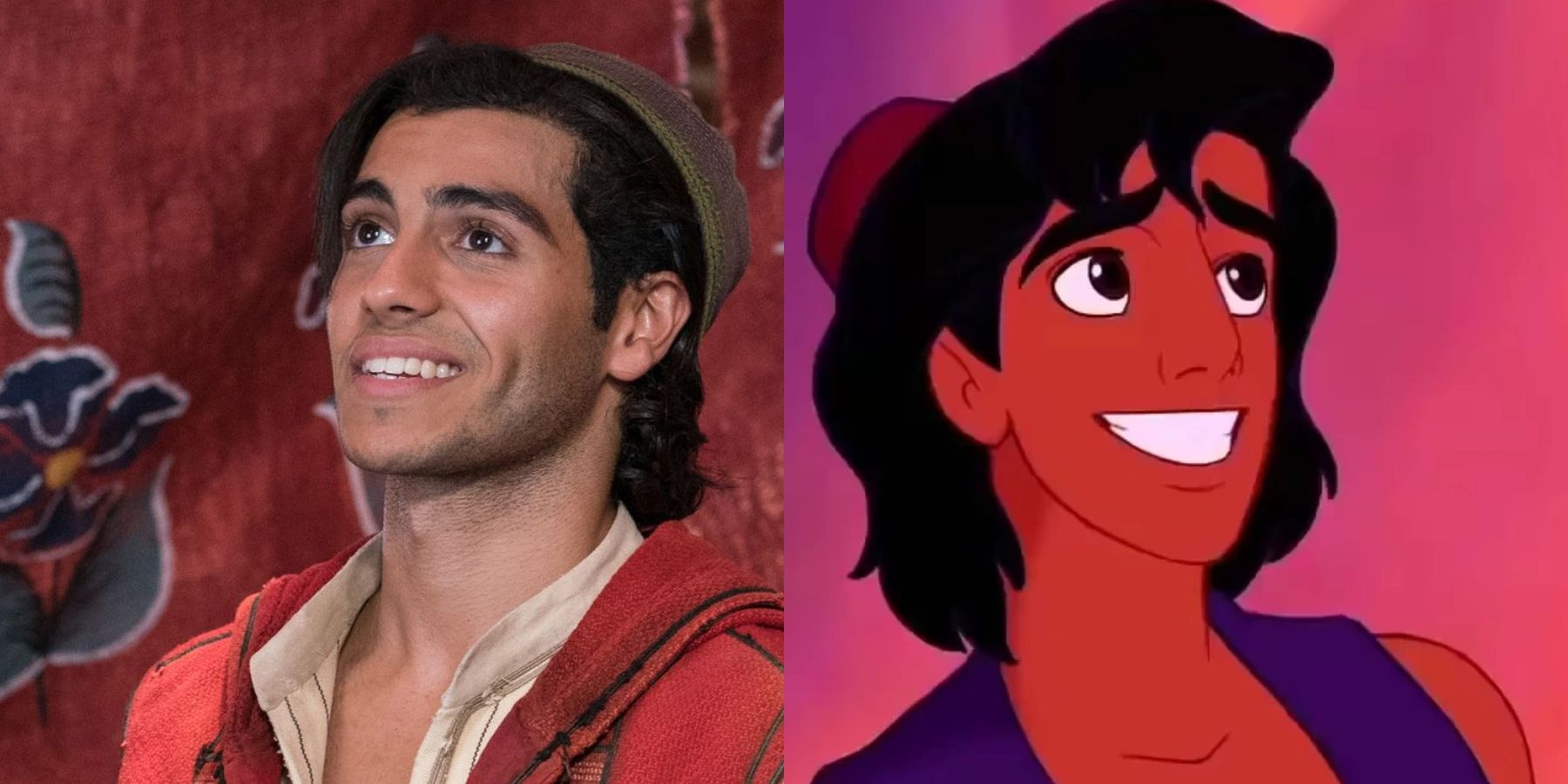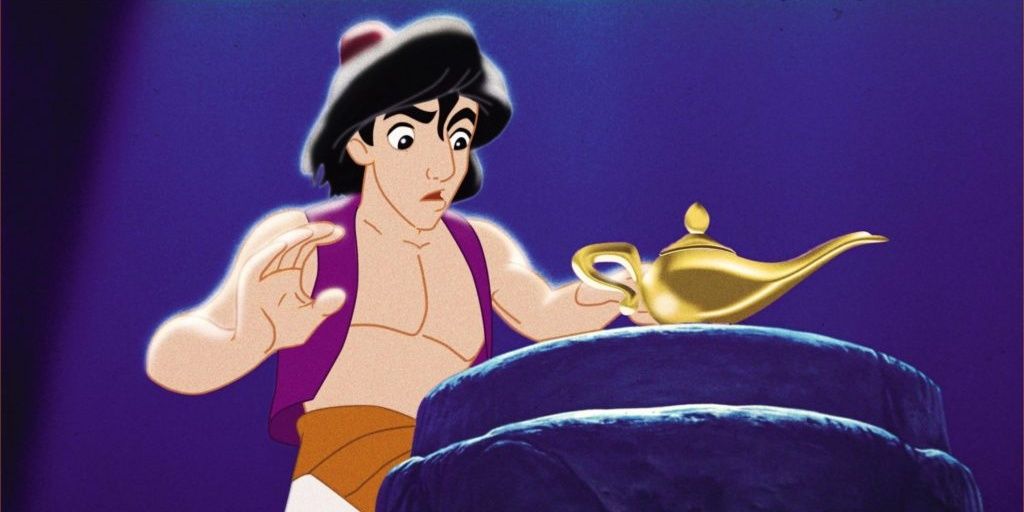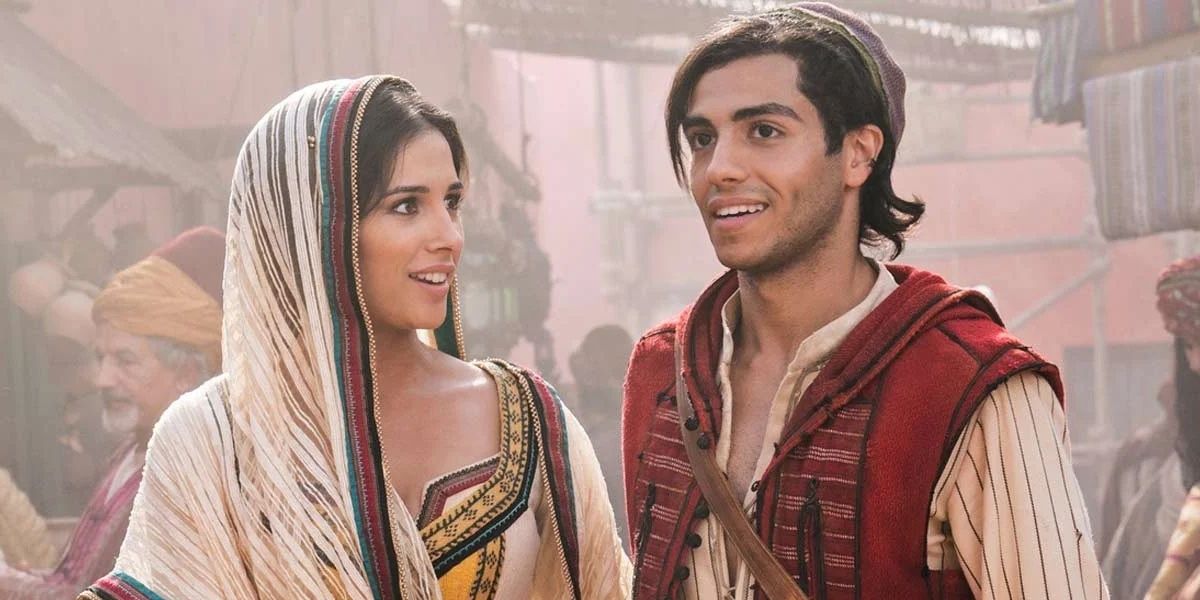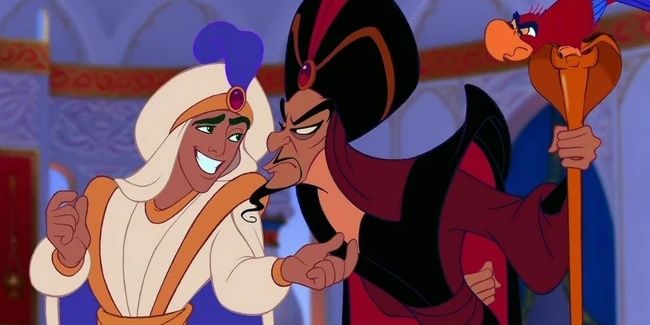If there's one thing that Disney is the most well-known for (other than owning every other company in Hollywood at this point), it's their fairytale adaptations. Most people's point of reference for a lot of classic tales is the Disney version, because almost all of their animated fairytale movies are just so iconic. However, oftentimes the Disney versions of these classic stories aren't quite faithful to the originals, and can often even sanitize a lot of the contents.
While some of the Disney fairytales are based on Grimm Brothers stories or Hans Christian Andersen tales (such as The Little Mermaid), they will sometimes take inspiration from well-known stories in non-European cultures. Aladdin is one of these, the inspiration coming from a collection of Middle-Eastern folktales. Of course, Disney's Aladdin has a lot of major differences from the story it's based on. What exactly are these discrepancies, and how do they change the tale?
Aladdin's Origins
So first of all, Aladdin isn't its own standalone story. It is part of a collection of many tales, found in One Thousand and One Nights, which is a work that was collected over time through many different authors, as folk tales often tend to be. The work is also sometimes known as Arabian Nights in English, which is a title that will be familiar to Aladdin fans as it was the inspiration for the title of the opening number of the Disney movie. Aladdin (also referred to as Aladdin and His Magic Lamp) actually wasn't part of the original collection of tales, and was instead added later by the French translator of One Thousand and One Nights, Antoine Galland.
One Thousand and One Nights details the story of King Shahryar, who kills his wife after discovering that she was unfaithful. He then begins a streak of marrying and subsequently killing a new wife every night, as he now holds a grudge against all women. He does this until he marries Scheherazade, who has a plan to tell him part of a story every night, but leave it on a cliffhanger every time so that he won't kill her and will wait until the next night to hear the rest of the story. This works, as the king is eager to hear the rest of her stories and eventually abandons his plan of constant murder. Scheherazade tells many stories over this period, including those of Ali Baba, Sinbad the Sailor, and of course, Aladdin.
How Is The Original Aladdin Different?
Disney's Aladdin might stray from the original tale in some ways, but it still follows some of the basic story beats and carries over some of the iconography. Aladdin is still sent on a quest to retrieve a magic lamp from a cave full of treasures. A genie also makes an appearance (though is notably different in personality from Disney's version), and Aladdin still ends up with the princess in the end.
That is where a lot of the similarities end, however. First of all, the original Aladdin story takes place in China, rather than the made-up Middle-Eastern country of Agrabah. In this version, the villain of the story, a sorcerer from Maghreb (aka the Jafar figure), disguises himself as Aladdin's uncle as a way to get the boy to help him obtain the magic lamp from a cave full of traps. Aladdin's mother is also still alive in the original story, which is something that almost made it into the Disney movie, but was cut at some point in the writing process.
Just like in Disney's Aladdin, the sorcerer tricks Aladdin and leaves him trapped in the cave, he accidentally rubs the magic ring that the sorcerer left with him, and a genie appears. The genie releases him from the cave and Aladdin returns home with the magic lamp, which his mother accidentally activates by rubbing it, a second (and more powerful) genie appears and is now in the service of the one who is in possession of the lamp. Aladdin uses this genie to build wealth and power, and he marries Princess Badroulbadour (who would become Princess Jasmine for Disney), and he gets the genie to make them a huge palace of their own. This is similar to what happens in Disney's version, though in the animated movie, Aladdin (or rather, his alter ego of Prince Ali) and Jasmine aren't married, but the genie granting his wish to be a prince is clearly inspired by the original tale.
The sorcerer gets word of these happenings and visits the palace to try and take the lamp for himself again. He actually succeeds at this, as he gets the princess (who is unaware of the lamp's power) to hand it over to him by exchanging it for a new lamp. Now that he owns the lamp, he orders the genie to take the palace and everything in it to his home in the Maghreb. Fortunately, Aladdin still has the ring, and uses the genie in that to transport himself to the Maghreb as well, where he and the princess, using her "wiles" (which is likely the inspiration for Jasmine's fake seduction of Jafar), are able to defeat sorcerer and take back the lamp.
Clearly, Disney's version of Aladdin used the same bare-bones story, and just added some more fun to it. They gave the princess and genie more personality, changed the setting to reflect something closer to the setting of One Thousand and One Nights, and just jazzed up a few of the story elements. Overall, however, a lot of the story is still surprisingly similar. This is likely because the original Aladdin tale was not dark in the way that a lot of original fairytales tend to be before they're Disney-ified (like The Little Mermaid with its tragic ending or Cinderella with it's slightly gory moments). It's interesting to see which parts of the story Disney kept and which bits they thought needed a little extra magic.

